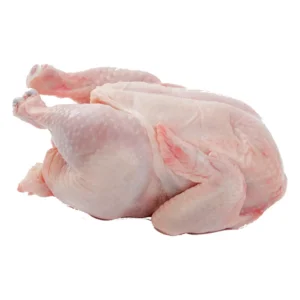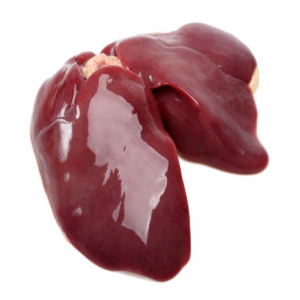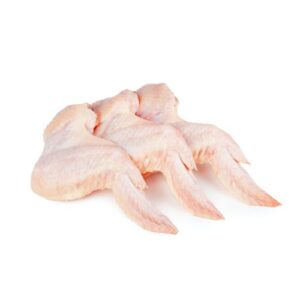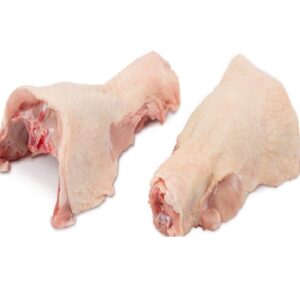Frozen Chicken Paw
Frozen Chicken Paws: A Culinary Exploration and Global Delicacy
Frozen Chicken Paw, often overlooked in Western cuisine, are a surprisingly versatile and popular ingredient in many parts of the world, particularly in Asia, Africa, and South America. While the thought of consuming chicken feet might raise eyebrows for some, they offer a unique culinary experience with a rich history and diverse applications. This article delves into the world of frozen chicken paws, exploring their nutritional value, preparation methods, regional variations, and why they deserve a second look.
Beyond the Novelty: Nutritional Value and Health Benefits
Contrary to popular belief, frozen chicken paws are more than just skin and bones. They are a rich source of collagen, a protein vital for maintaining healthy skin, joints, and bones. In addition to collagen, they contain significant amounts of:
Calcium: Essential for bone health and nerve function.
Phosphorus: Works in conjunction with calcium to strengthen bones and teeth.
Glucosamine and Chondroitin: Compounds known for their potential to alleviate joint pain and improve mobility.
The slow cooking methods often employed to prepare chicken paws also help to extract these nutrients, making them readily available for absorption by the body.
From Prepping to Plating: Preparation Methods and Culinary Applications
Preparing frozen chicken paw typically involves a few key steps to ensure a clean and enjoyable culinary experience:
Thawing: The paws should be completely thawed before any further preparation. This can be done in the refrigerator overnight or using the cold water method.
Cleaning: Thoroughly rinse the paws under cold running water. Remove any remaining feathers or debris. Some prefer to trim the claws for aesthetic purposes.
Blanching: A quick blanch in boiling water helps to remove any impurities and further soften the skin.
Once prepped, the possibilities are endless. Here are a few popular methods:
Stewing/Braising: This is a common method, resulting in tender, flavorful paws. They can be stewed in a variety of sauces, from savory soy-based broths to spicy chili sauces.
Deep-Frying: Coated in a crispy batter and deep-fried, chicken paws become a crunchy and satisfying snack.
Soup Base: Chicken paws are excellent for making flavorful and gelatinous broths, adding depth and richness to soups and stews.
Dim Sum: In Chinese cuisine, chicken paws are a popular dim sum item, often braised in a black bean sauce until incredibly tender and falling off the bone.
A Global Gastronomic Journey: Regional Variations and Flavors
The preparation and consumption of chicken paws vary greatly across different cultures, reflecting diverse culinary traditions and preferences.
China: Known as “Feng Zhao” (凤爪), chicken paws are a beloved dim sum staple, braised in a rich black bean sauce. They are also used in soups and stews for their collagen-rich broth.
Southeast Asia: In countries like Thailand and Vietnam, chicken paws are often deep-fried and served as crispy street food snacks. They are also incorporated into salads and spicy stir-fries.
South Africa: Chicken feet, or “Walkie Talkies” as they are sometimes called, are a popular street food dish, grilled or stewed with spices and vegetables.
Brazil: Chicken feet are frequently used to make a flavorful and nutritious broth called “caldo de mocotó,” which is believed to have medicinal properties.
Why Frozen Chicken Paws Deserve a Second Look
While the concept of eating chicken paws might seem unconventional to some, they offer a unique culinary experience with a wealth of flavor and nutritional benefits. Their versatility allows for diverse preparations, from savory stews to crispy snacks, catering to a wide range of palates. As global cuisine continues to evolve and expand, frozen chicken paws are emerging as a surprisingly delicious and sustainable ingredient, deserving of a second look and a place in the adventurous cook’s repertoire. So, the next time you see frozen chicken paws, consider embracing the culinary adventure and discover the hidden gem within.
Be the first to review “Frozen Chicken Paw” Cancel reply
Related products
Frozen Chicken
Frozen Chicken
Frozen Chicken
Frozen Chicken
Frozen Chicken
Frozen Chicken
Frozen Chicken
Frozen Chicken












Reviews
There are no reviews yet.